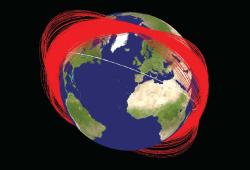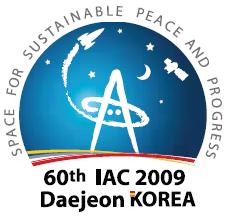The issue of space debris (Space Debris) continues to occupy the global space community

The issue of space debris (Space Debris) continues to occupy the global space community. In addition to dedicated lectures heard at the International Astronautical Congress in Daejeon, Korea, a NASA representative warned in a special plenary lecture about the growing danger, regarding the number of collisions expected in the coming years.
The famous satellite collision of the Iridium 33 and Cosmos 2251 satellites which happened on February 10, 2009 created about 1800 space fragments whose total exceeds 10 cm. According to NASA data, by October 1, 2009, only 50 of them had burned up in the atmosphere.
Studies carried out at the Johnson Space Center in Houston, Texas, showed that by removing 5 large inactive satellites per year, it would be possible to stabilize the situation in space for the next few years. Various strategies were presented at the convention regarding the disposal of space debris - starting with dedicated missions of satellites to catch debris and ending with a ground laser to accelerate debris and put them into a higher orbit.
It was agreed upon by many of the participants in the discussions that regulatory regulation of the issue of space debris is required, and that the danger of collisions in space increases dangerously with the continuation of the current rate of launches into space.

